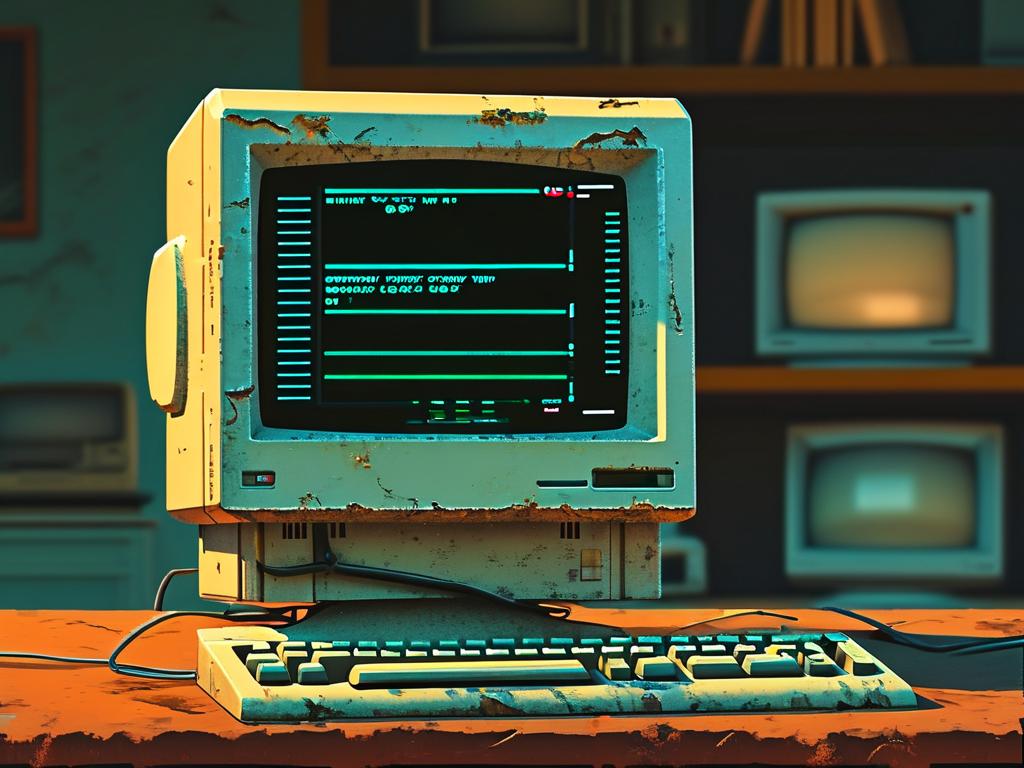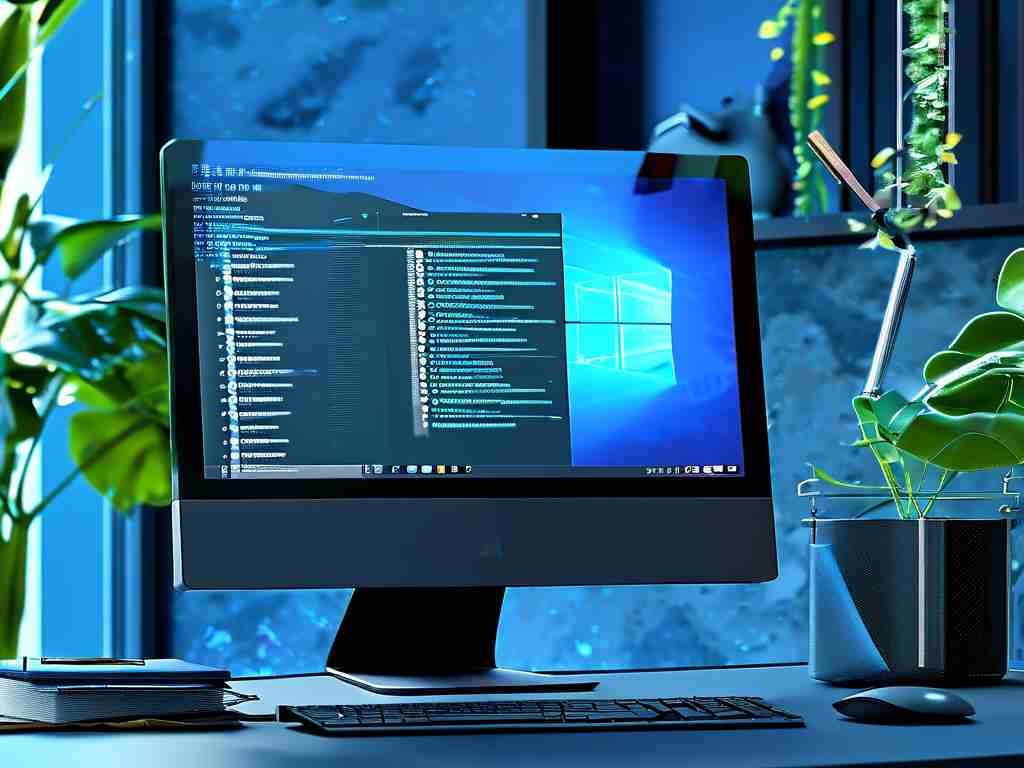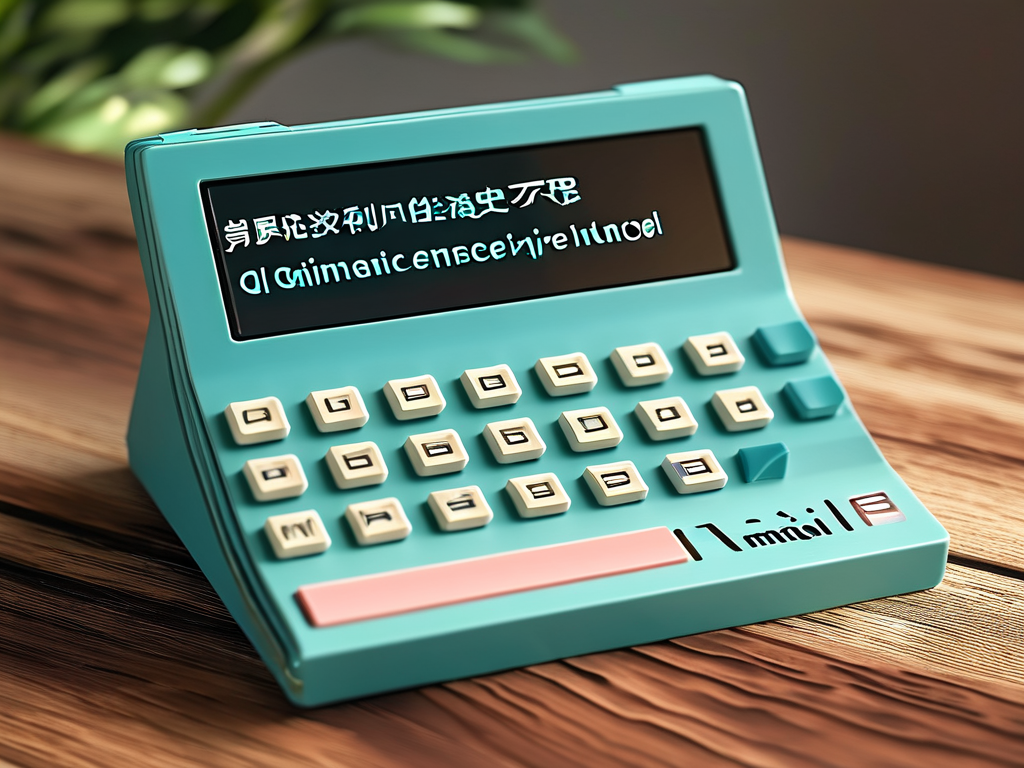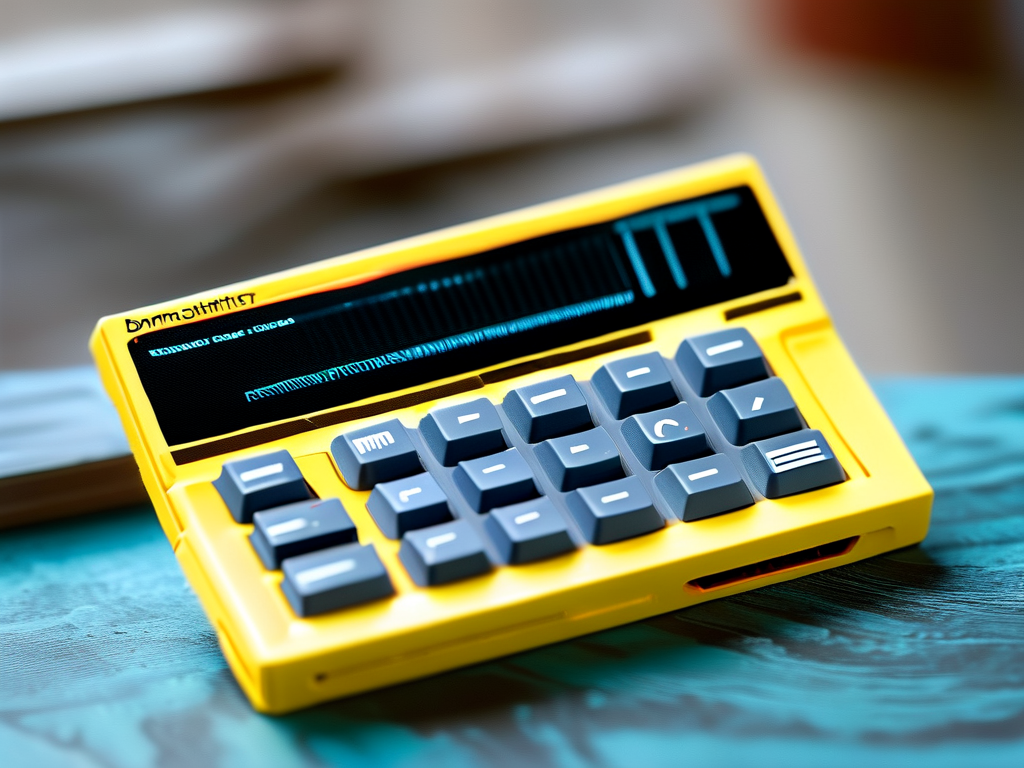As technology advances, older computers often struggle to keep up with modern software demands. One critical maintenance task for aging machines is memory optimization, which can significantly improve system responsiveness without hardware upgrades. This guide explores practical methods to clear and manage memory on legacy systems while addressing unique challenges posed by older hardware configurations.
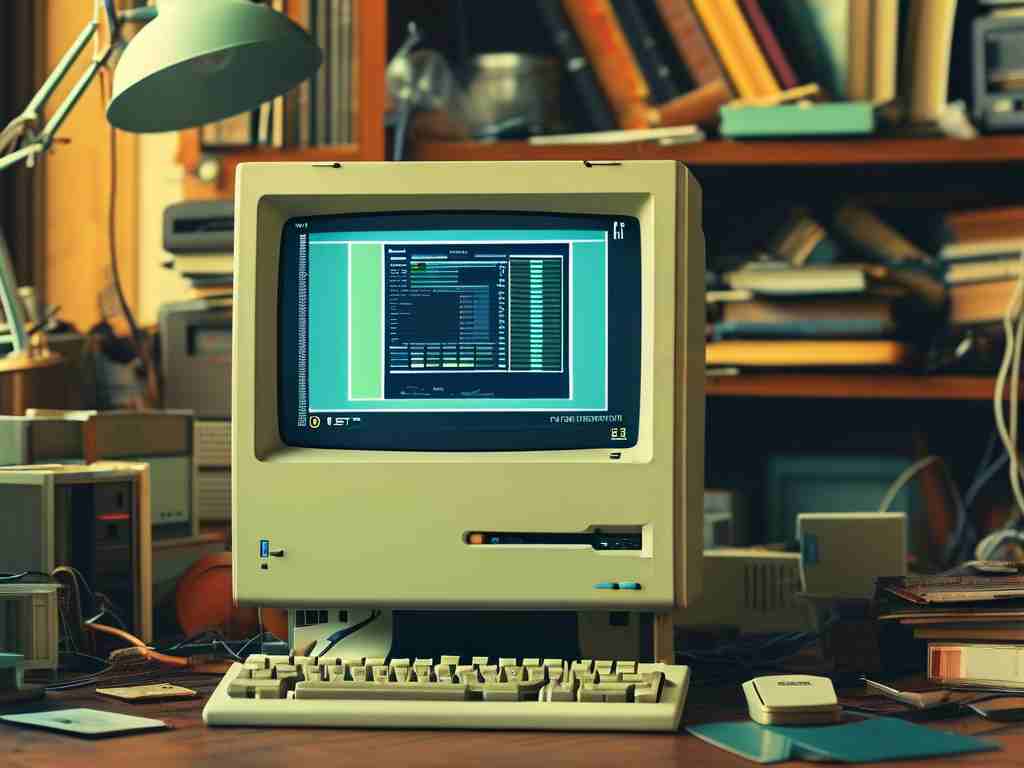
Understanding Memory Management in Older Systems
Vintage computers typically operate with limited RAM capacities ranging from 2GB to 4GB, often using outdated DDR2 or early DDR3 modules. These systems frequently run 32-bit operating systems that impose strict memory allocation limits. Unlike modern computers with automatic memory optimization features, older machines require manual intervention to maintain performance.
Manual Memory Clearing Techniques
- Process Management
Access Task Manager (Ctrl+Shift+Esc) or equivalent system monitors to identify memory-hogging applications. Look for unnecessary background processes like:
- Legacy updaters for discontinued software
- Outdated browser helper objects
- Deprecated system utilities
Use the command prompt to force-stop persistent processes:
taskkill /f /im processname.exe
- Registry Maintenance
Obsolete registry entries accumulate over time and consume memory resources. While manual registry editing carries risks, targeted cleaning can yield benefits:
- Navigate to HKEY_LOCAL_MACHINE\SOFTWARE\Microsoft\Windows\CurrentVersion\Uninstall
- Remove entries for long-unused applications
- Always create backup before modifications:
reg export HKEY_LOCAL_MACHINE\SOFTWARE backup.reg
Disk-Based Memory Optimization
Traditional hard disk drives (HDDs) in older systems benefit from strategic virtual memory configuration:
- Set fixed pagefile size at 1.5× physical RAM
- Defragment swap files monthly
- Separate pagefile onto secondary drive partitions
For systems with SSD upgrades:
wmic pagefileset where name="C:\\pagefile.sys" set InitialSize=4096,MaximumSize=4096
Lightweight Cleaning Utilities
When selecting third-party tools for vintage systems, consider these parameters:
- Portable versions requiring no installation
- Sub-10MB executable size
- Windows XP/7 compatibility
Example batch script for automated cleanup:
@echo off del /f /s /q %temp%\* ipconfig /flushdns echo Memory cleanup completed at %time%
Hardware Considerations
Maximize existing memory potential through:
- DIMM slot population optimization
- Memory timing adjustments in BIOS
- Voltage regulation for stable overclocking
Preservation vs. Performance
When maintaining historical systems:
- Maintain original OS configurations when possible
- Use period-appropriate software versions
- Create disk images before major changes:
dd if=/dev/sda of=/mnt/backup/system.img bs=4M
Long-Term Maintenance Strategy
Implement regular maintenance schedules:
- Weekly temp file purges
- Monthly registry audits
- Quarterly disk surface scans
For networked legacy systems:
net stop spooler && del /q %systemroot%\system32\spool\printers\*.* && net start spooler
Ethical Considerations
When disposing of unwanted memory components:
- Degauss plated RAM modules
- Physical destruction of NAND chips
- Proper recycling of rare earth metals
By combining these techniques, users can extend the functional lifespan of older computers while preserving their historical value. Regular memory maintenance not only improves performance but also provides valuable insights into early computing architectures. Remember that each legacy system has unique characteristics – always research specific component requirements before implementing optimization strategies.


